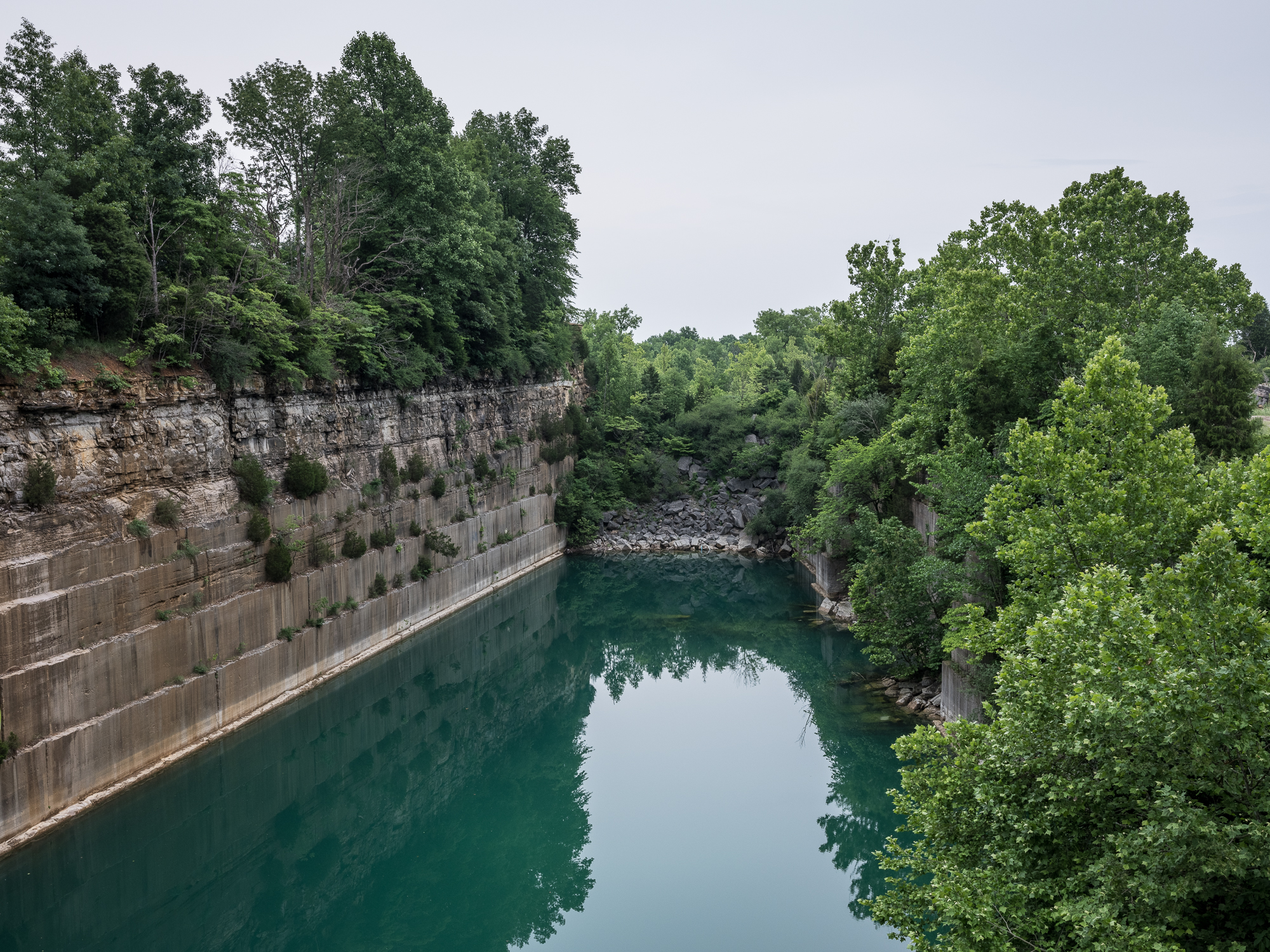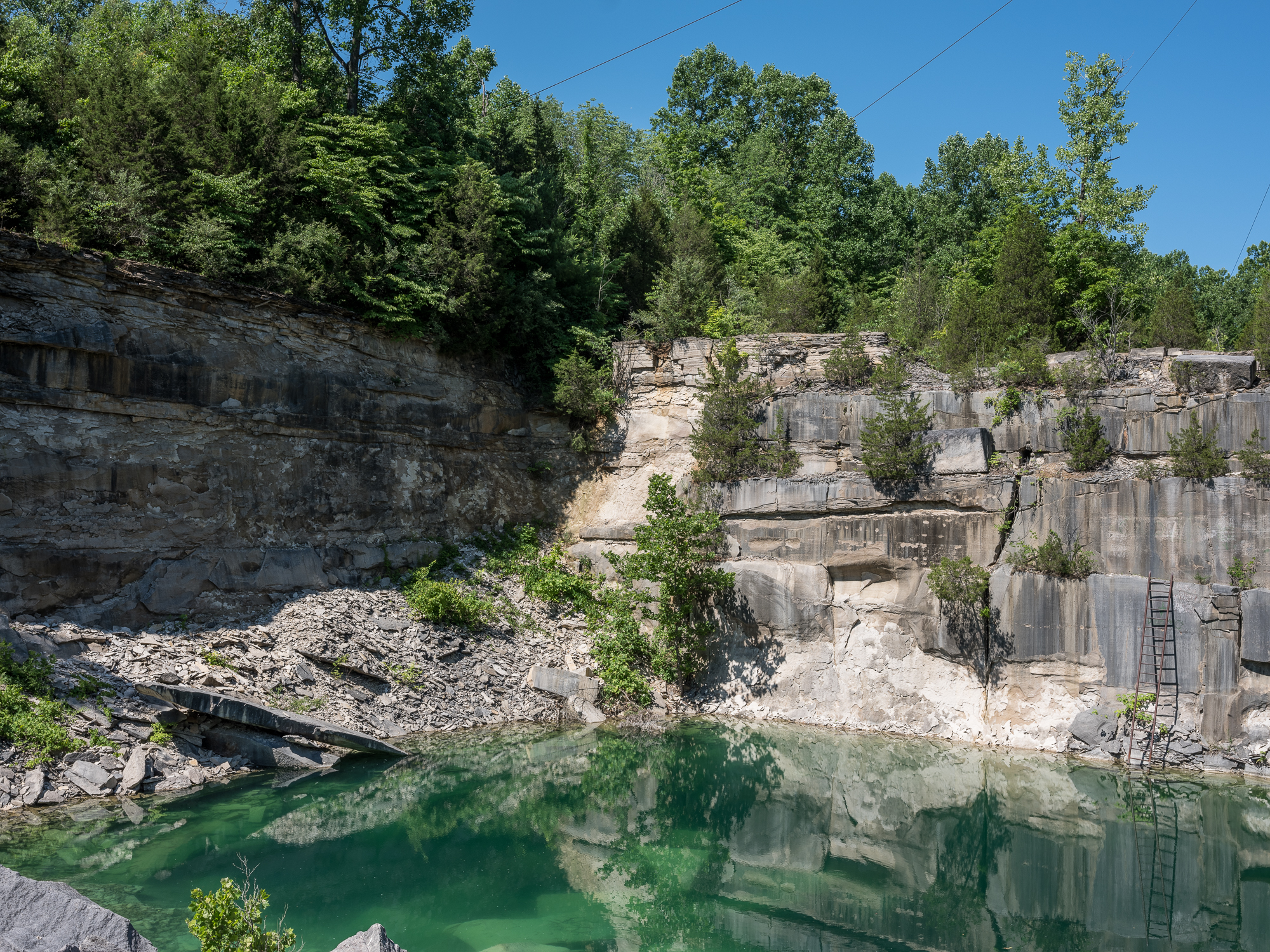Bloomington, Indiana, is known for its charming college town atmosphere, but beneath its idyllic facade lies a historical treasure – the Empire Quarry. This once-thriving limestone quarry has played a significant role in the development of Bloomington and left an indelible mark on the local landscape. In this article, we will delve into the history, significance, and current state of Empire Quarry, showcasing how it has shaped the culture and heritage of this quaint Midwestern city. Empire Quarry, situated in the heart of Indiana’s limestone country, is a testament to the geological wonders that lie beneath the surface of the state. The limestone found here is a type of sedimentary rock known as Indiana limestone, often referred to as “Bedford limestone” due to its proximity to the nearby town of Bedford. The quarrying of Indiana limestone played a pivotal role in the construction of iconic American landmarks, including the Empire State Building, the Pentagon, and even the National Cathedral in Washington, D.C.

The history of Empire Quarry dates back to the late 19th century when limestone extraction began in earnest. Quarry workers, often of German descent, toiled under challenging conditions to extract and process the high-quality limestone. This limestone was prized for its durability, fine grain, and ease of carving, making it a preferred choice for architects and builders. The quarry’s limestone gained widespread recognition during the construction boom of the early 20th century, where it was chosen for various prestigious projects. Its most famous commission was for the construction of the Empire State Building in New York City, which would not only become a symbol of American ingenuity but also elevate the status of Indiana limestone to unprecedented heights. During its heyday, Empire Quarry attracted the attention of skilled stonecutters, architects, and engineers from across the United States, further solidifying its reputation as a prime source of exceptional limestone.

With the advent of modern construction materials and methods, the demand for Indiana limestone began to wane in the latter half of the 20th century. Empire Quarry, which had once been a bustling hub of activity, eventually saw a decline in its operations. Quarrying ceased in the 1970s, and the site began to return to a more natural state. However, the legacy of Empire Quarry was far from forgotten. Realizing its historical significance, efforts were made to conserve the site and make it accessible to the public. The Indiana Limestone Heritage Trail was established, connecting several limestone-related landmarks, including Empire Quarry, to create a unique cultural and historical experience for visitors.

Today, Empire Quarry has been transformed into a tranquil public park. Visitors can explore the remnants of the quarry, view interpretive signage explaining its history, and marvel at the immense stone blocks that were once destined for iconic buildings. The park offers a peaceful environment where people can reflect on the quarry’s contribution to the architectural landscape of the United States. Empire Quarry, located in Bloomington, Indiana, is a testament to the intersection of natural beauty, human craftsmanship, and historical significance. It played a pivotal role in supplying the limestone that built some of the most iconic structures in the United States, earning its place in the annals of architectural history. Today, it stands as a conservation site, welcoming visitors to explore its rich history and experience the profound connection between the geology of Indiana and the nation’s architectural heritage. Empire Quarry is not just a historical site; it is a symbol of the enduring legacy of craftsmanship, industry, and the intrinsic bond between the earth and human creativity.
